What is a tummy tuck? Also known as abdominoplasty, a tummy tuck removes excess fat and skin, and in most cases restores weakened or separated muscles creating an abdominal profile that is smoother and firmer.
A flat and well-toned abdomen is something many of us strive for through exercise and weight control. Sometimes these methods cannot achieve our goals.
Even individuals of otherwise normal body weight and proportion can develop an abdomen that protrudes or is loose and sagging. The most common causes of this include:
- Pregnancy
- Aging
- Significant fluctuations in weight
- Heredity
- Prior surgery
Tummy tuck surgery is a highly individualized procedure and you should do it for yourself, not to fulfill someone else’s desires or to try to fit any sort of ideal image.
Abdominoplasty is a good option for you if:
- You are physically healthy and at a stable weight
- You have realistic expectations
- You do not smoke
Although the results of an abdominoplasty procedure are technically permanent, the positive outcome can be greatly diminished by significant fluctuations in your weight. For this reason, individuals who are planning substantial weight loss or women who may be considering future pregnancies may be advised to postpone abdominoplasty surgery.
What a tummy tuck won’t do:
Tummy tucks are not a substitute for weight loss or an appropriate exercise program. Also, tummy tuck operations cannot correct stretch marks, although these may be removed or somewhat improved if they are located on the areas of excess skin that will be excised, generally the treated areas below the belly button.
Tummy tuck surgery at a glance
Tummy tucks were one of the top five surgical cosmetic procedures performed in 2009. 115,191 people had a tummy tuck in 2009.
| Age | |
| 13-19 | 0% |
| 20-39 | 44% |
| 40-55+ | 56% |
| Gender | |
| Males | 4% |
| Females | 96% |
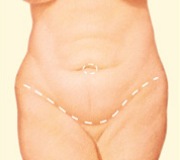
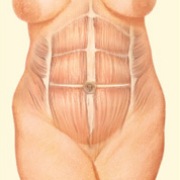
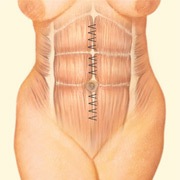
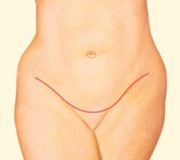
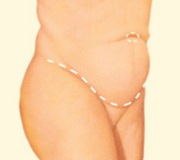
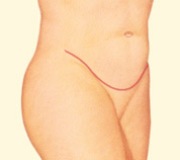
 Following your surgery, dressings or bandages may be applied to your incisions, and you may be wrapped in an elastic bandage or a compression garment to minimize swelling and to support your abdomen as it heals.
Following your surgery, dressings or bandages may be applied to your incisions, and you may be wrapped in an elastic bandage or a compression garment to minimize swelling and to support your abdomen as it heals.
 3510 N. Ridge Rd, Suite 100
3510 N. Ridge Rd, Suite 100